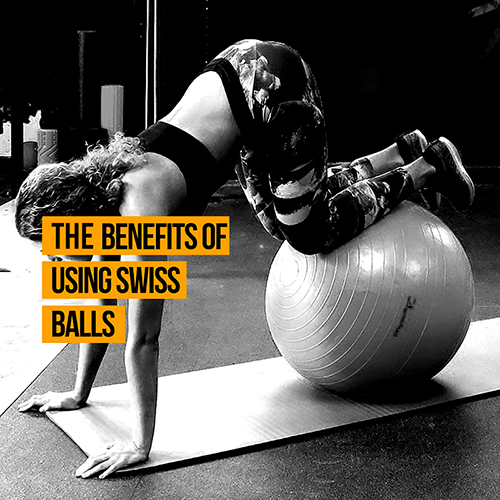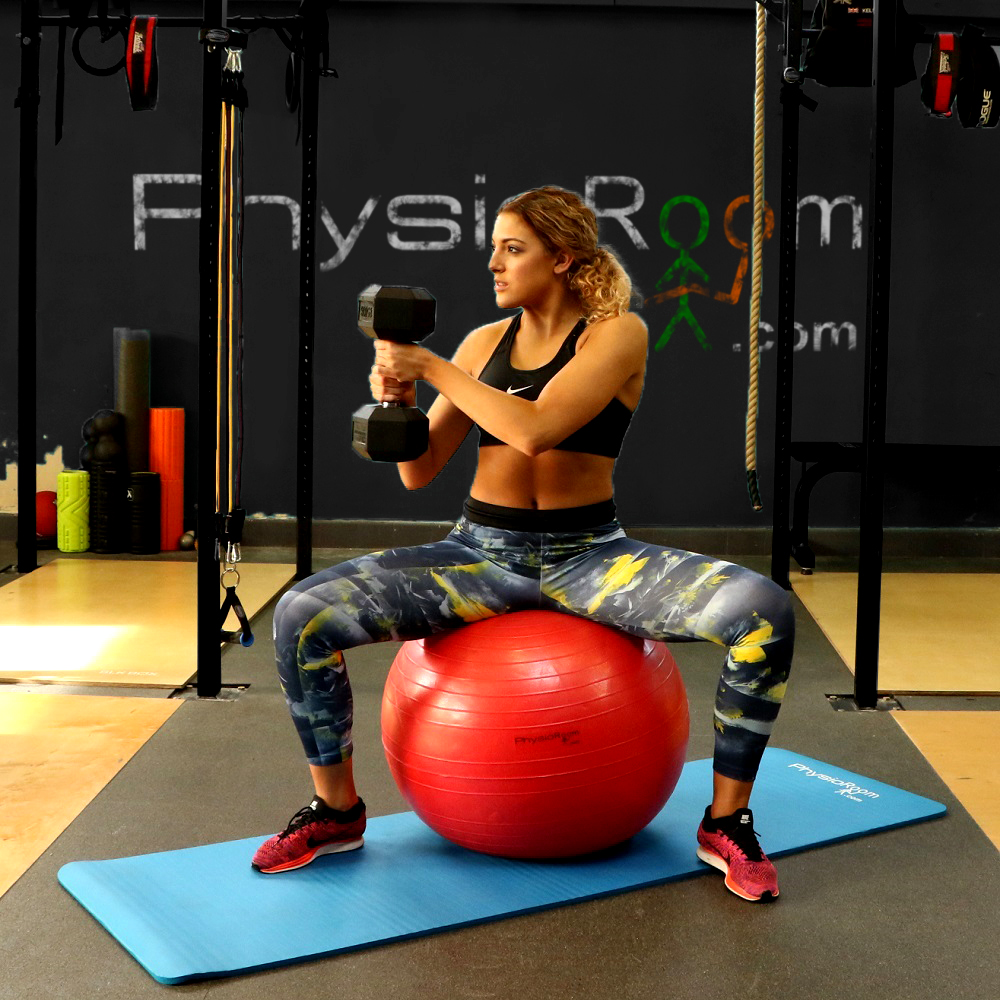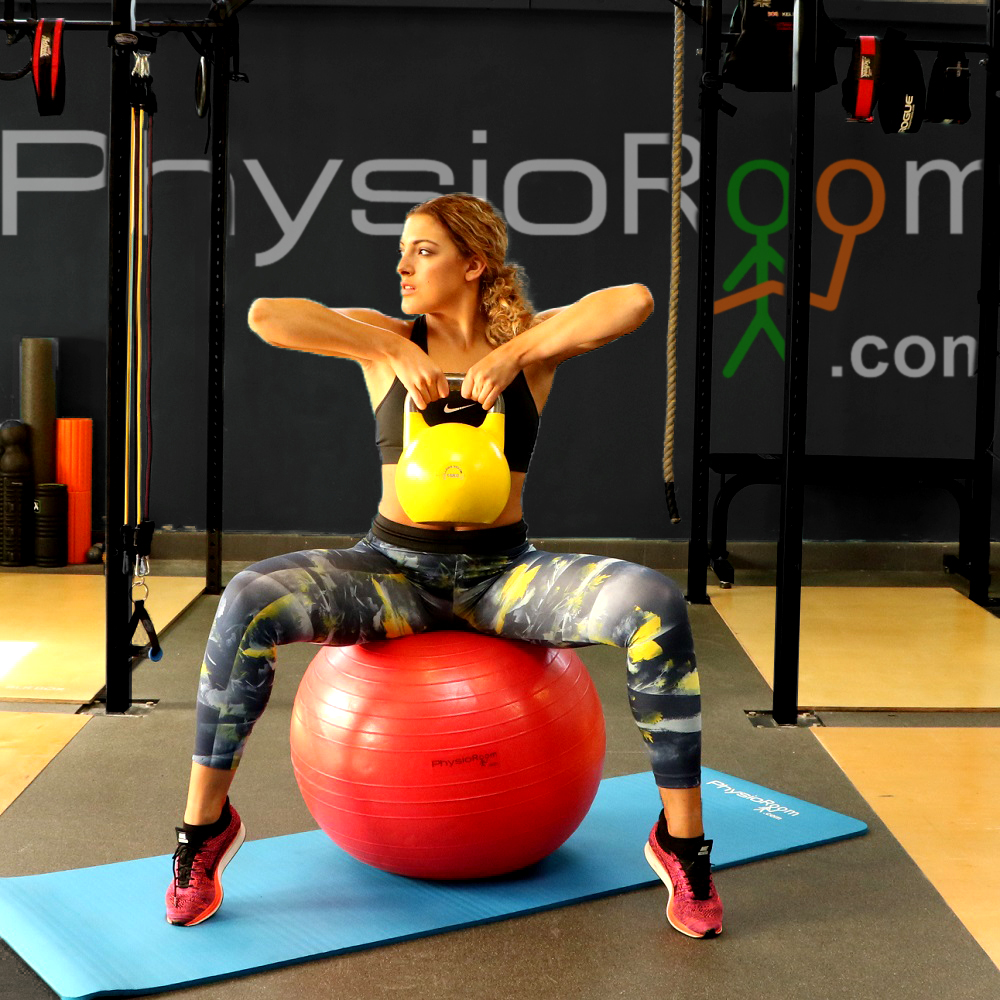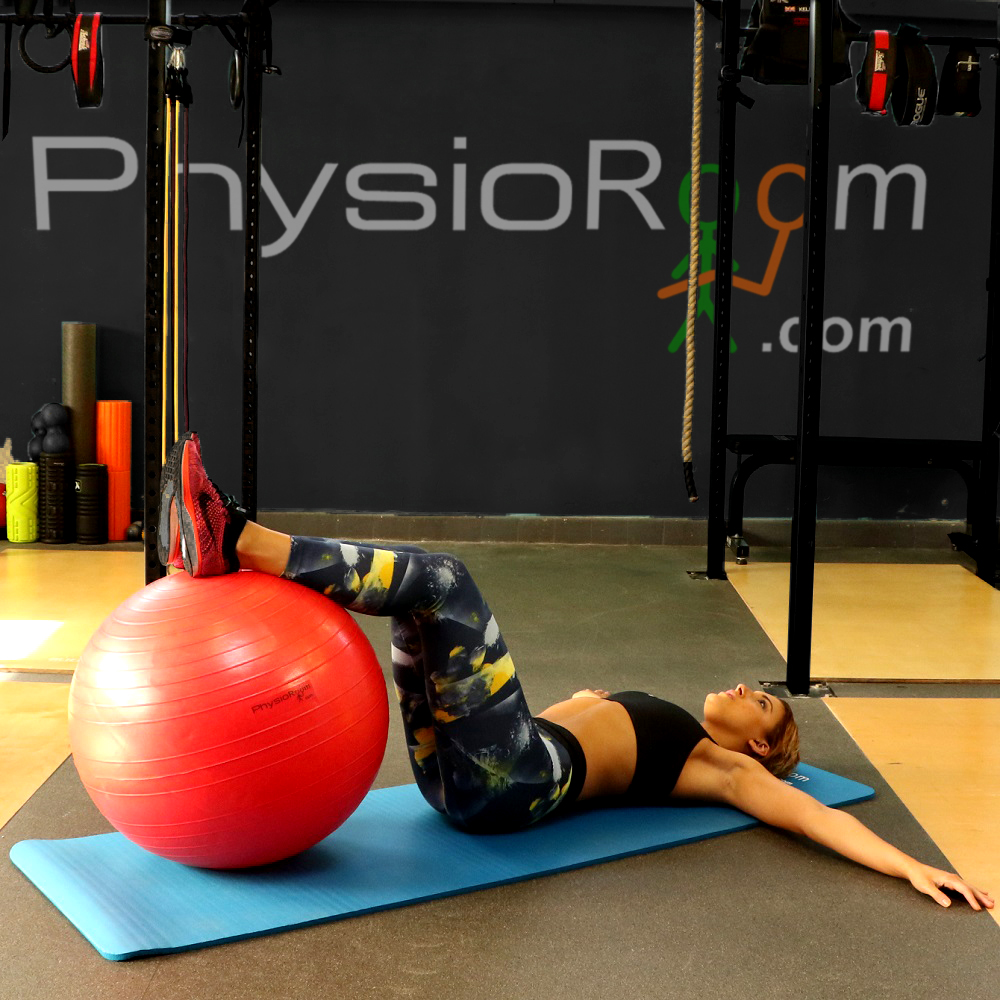Welcome to the PhysioRoom blog! Today we’re going to gaze lovingly at some balls.
No, we’re not watching a video of that marathon runner crossing the line the other week baring all to see, for these balls are swiss!
They’re also made of synthetic materials and can have multiple benefits when incorporated in to a workout regime, unlike those other ones.
So why not come along with us and we’ll explain some of the top reasons you simply NEED to incorporate a swiss ball in to, not even necessarily your workout, but your life!
Flexibility
Using a swiss ball during your workout routine can help improve your flexibility. Whether it’s for a quick pre-workout warm-up or post workout stretch-down, the swiss ball can go a long way to keeping your muscles and joints functional, which can help prevent injury.
Not only that, but incorporating a swiss ball in to a yoga routine will not only give you obvious benefits of yoga, but help you enhance that experience by introducing even more range of motion and movement possibilities!
Core
Using a swiss ball can help you build your abdominal and lower back muscles, also known as the core. These muscles protect your lumbar spine as well as help maintain the core stability of your frame.
This group of muscles is often activated through the day when performing every day, normal activities, be it reaching for something or lifting something up.
Using a swiss ball will allow you to strengthen and keep these stabilising muscles in better condition.
A strong core will help protect the lumbar spine and stabilise the shoulder, pelvis and spine areas.
It will also make those everyday activities noticeably easier, which is usually the ultimate aim of anyone exercising outside of professional sport. So we’re on to a winner!
Balance
Just sitting on a swiss ball alone engages the key stabilisers, the abdominal and back muscles.
Thanks to engaging these muscles constantly, a swiss ball can help with smoothing out any imbalances in your core or surrounding muscles a it forces you to support your own weight and stabilise yourself.
This all contributes to a general improvement in balance.
These improvements can also help with preventing future injury, as the more balanced and rounded your core, the more strong and stable you are!
Versatility
The great thing, possibly THE BEST thing about swiss balls is their versatility.
It’s a ball, that you blow up, that’s it.
Not only are they versatile in terms of convenience, but more importantly, swiss balls can be incorporated in to a number of difference exercise disciplines be it as an important workout tool to base your routine round, or just something you bring in now and again to work something a bit differently.
Try a swiss ball in any of the following to enhance your experience:
General Gym Work/Core Exercises – Use a gym ball to enhance simple exercises like, for example, a sit-up. It improves the exercise as it increases the range of motion and requires your muscles to engage more than doing one on the floor.
Pilates – A swiss ball can be made part of your pilates routine, in fact, many pilates routines will already advise the use of a swiss ball!
Yoga – There’s a lot of yoga poses that can be changed or enhanced using a swiss ball.
Resistance Training – Performing resistance exercises while sitting or leaning on a swiss ball can increase the resistance and range of motion of the exercise, making it a more effective workout.
Active Sitting
In recent years there has been significant research in to the idea of ‘active sitting’.
As the world continues to advance technologically, for some, sitting at our desks for extended periods of time has become unavoidable.
From an evolutionary standpoint, the human body was not designed to sit.
Sitting places more strain on our back than when we stand or move around, meaning sitting for long periods can increase stiffness in the lower back and the hip while also weakening the abdominal and core muscles.
In recent years there has been significant research in to the idea of ‘active sitting’.
As the world continues to advance technologically, for some, sitting at our desks for extended periods of time has become unavoidable.
From an evolutionary standpoint, the human body was not designed to sit.
Sitting places more strain on our back than when we stand or move around, meaning sitting for long periods can increase stiffness in the lower back and the hip while also weakening the abdominal and core muscles.
Active Sitting on the other hand using something like a swiss ball, creates an unstable surface to sit on, meaning the body has to correct itself against gravity constantly. This added need for balance encourages the postural muscles to be activated, providing small but beneficial movement to train the muscles of the lower back, core and pelvis.
By constantly having the postural muscles active, it allows them to stay strong and better meet the demands imposed on them in our day to day lives.





